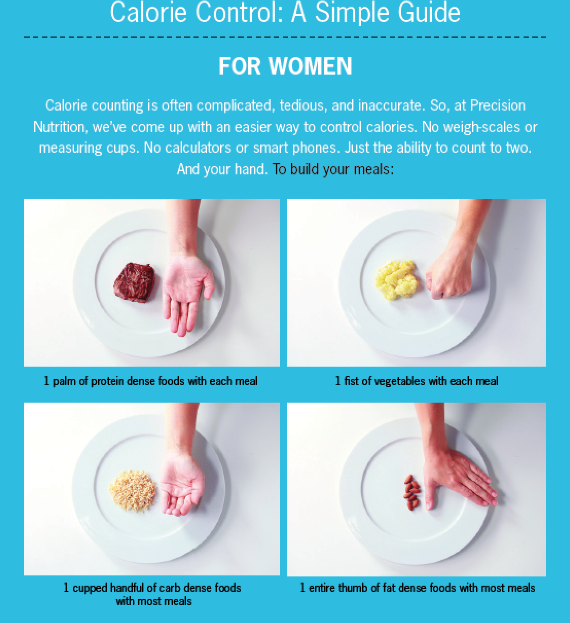While most nutrition experts will agree:
If you take in more calories/energy than you expend, you gain weight
If you take in fewer calories/energy than you expend, then you lose weight
We also know, consumer fitness trackers are about 30% for total daily calorie expenditure.
The problem is in the counting where we run into some trouble.
How many companies calculate calories is so varied that the read out on your treadmill, the label on your Greek yogurt and the Fitbit calories burned that day is not only incorrect yet also misleading.
Some cool facts to consider as you aim to love your long, health and FOR-informed life below may help you understand the benefits of eating whole foods and concentrating on macronutrient and portion size.
1) You can’t fully trust that the calorie and macronutrient (protein, carbohydrate and fat) numbers are accurate. The way they are calculated is shockingly imprecise.
2) If the numbers were perfectly precise, the way calories are absorbed, or not, in your body has a plethora of variables. Whether the food is cooked, chopped, blended changes the amount of energy (calories) absorbed and digested.
3) The calorie counts on food labels and in databases are averages. Research shows that the true content of what you’re eating is is often significantly higher or lower.
Let’s take a medium apple. 1 medium apple which can vary from 83 calories, to 93 on another website to 116 on yet another handheld device.
4) Food companies may use any of 5 different methods to estimate calories, so the FDA permits inaccuracies of up to 20%. So, 150 calories can actually mean 130-180.
5) Cooking your food and chopping and blending them generally makes the more of the calories available for absorption, changes the calorie load and food labels don’t account for that.
6) Individuals absorb calories uniquely – and variably. What determines our absorption is our own individual gut bacteria. Studies have shown that people mis-measure their portions about 2/3 of the time. So you can see how it is easy to accidentally consume a lot more calories than you intended. People with a higher proportion of Firmicutes bacteria absorb an average of 150 more calories than those with a higher proportion of Bacteroidetes.
One way to approach your meals is through portion control. See the graphic below:




